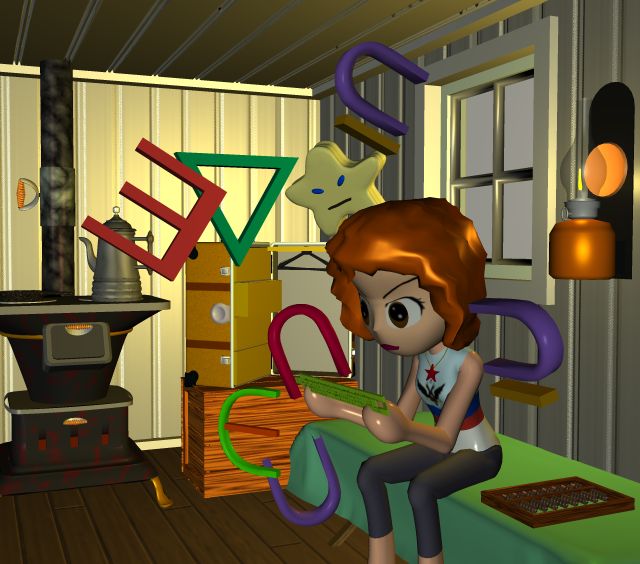Saturday, October 31, 2020
Tool rule
Previous item about a Soviet navy manual with USEFUL math reminded me of the basic point.
Russian math and science teaching was EXPERIENTIAL and SKILL-BASED. Our STEM was based on theory and memorization. Sputnik should have told us to start imitating Russia, but instead we made our own education even worse with Set Theory.
Here's a pretty good rule:
When a part of math is used in real life, the users develop real tools to make it easy.
Abacuses and ledgers have been used in commerce for thousands of years. Tables of log and trig values have been printed for hundreds of years. Babbage designed and used his computer to print tables, not to solve individual problems.
Specific trades developed highly specialized slide rules or 'wheel charts', usually circular, to figure often-used formulas in one turn. HVAC contractors had slide rules for fan capacity and Freon quantity. Radio repairmen had slide rules for Ohm's law and resonant frequency. Carpenters had slide rules for lumber size and bevel angles. Insurance salesmen had slide rules for annuity values and life premiums.
Later those slide rules turned into specialized calculators, then specialized computer apps.
Conversely, how can you tell if a part of math is useless? No tables or slide rules.
There was NEVER a pocket manual or a slide rule or a calculator or an app for set theory.
You can't even write a computer program to do set theory! It's completely ephemeral and useless.
 Happy Ending: Searching Ebay for wheel charts showed surprisingly that wheel charts are still alive. They seem to be most active in graphic situations like color matching or image matching, where computers can't beat human perception. Turn the outer wheel to match the color on the object, and the inner windows show which color name or product is closest to the color.
Happy Ending: Searching Ebay for wheel charts showed surprisingly that wheel charts are still alive. They seem to be most active in graphic situations like color matching or image matching, where computers can't beat human perception. Turn the outer wheel to match the color on the object, and the inner windows show which color name or product is closest to the color.
 Happy Ending: Searching Ebay for wheel charts showed surprisingly that wheel charts are still alive. They seem to be most active in graphic situations like color matching or image matching, where computers can't beat human perception. Turn the outer wheel to match the color on the object, and the inner windows show which color name or product is closest to the color.
Happy Ending: Searching Ebay for wheel charts showed surprisingly that wheel charts are still alive. They seem to be most active in graphic situations like color matching or image matching, where computers can't beat human perception. Turn the outer wheel to match the color on the object, and the inner windows show which color name or product is closest to the color.Labels: Experiential education, Happy Ending, Patient things
